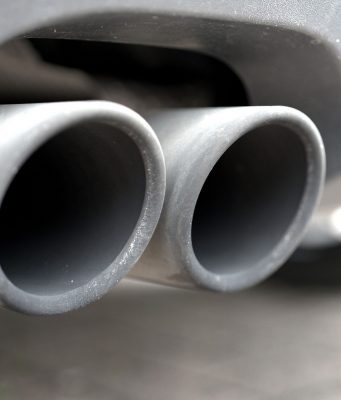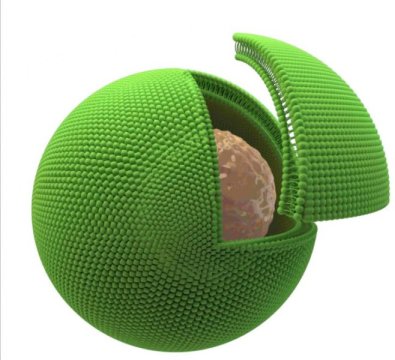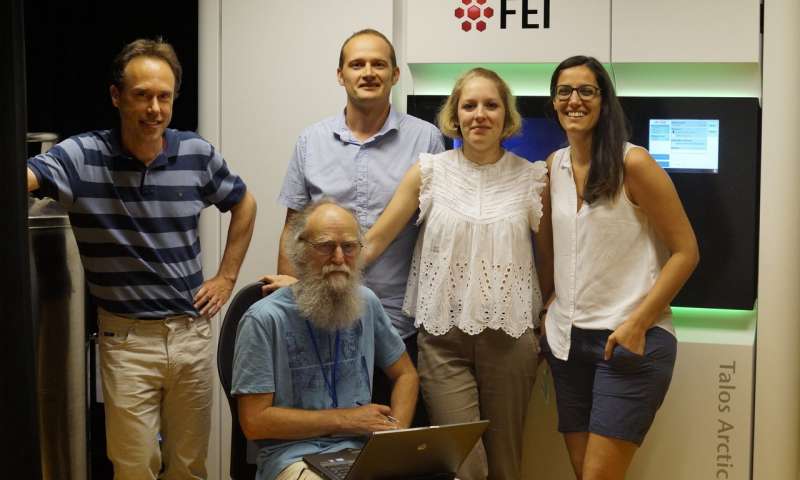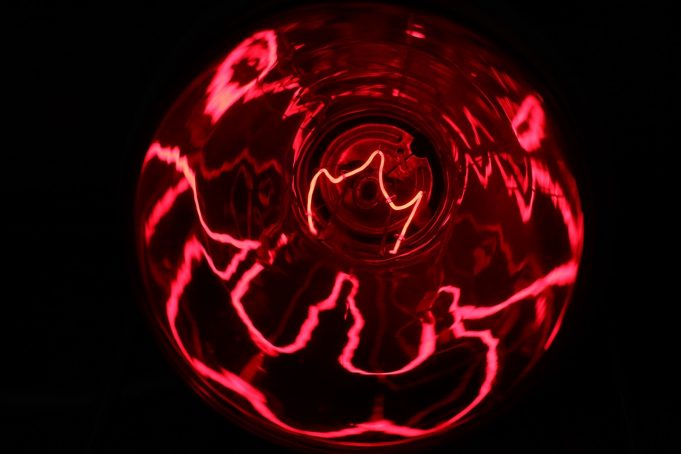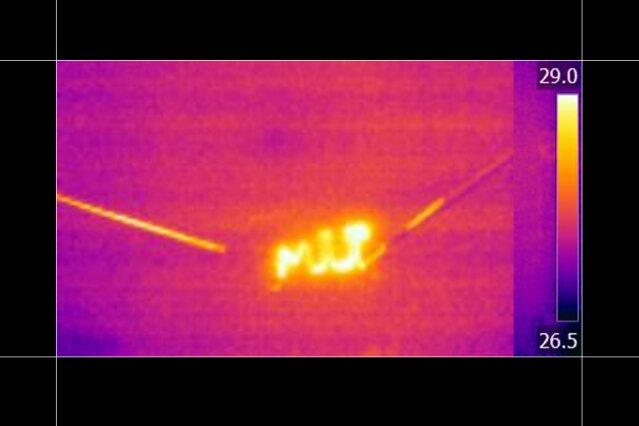Before and after demonstration of filter's ability. Credit: WSU
Washington State University researchers have developed a soy-based air filter that can capture toxic chemicals, such as carbon monoxide and formaldehyde, which current air filters can't.
The research could lead to better...
his image of a squirrel was printed in color by controlling the thickness of a colorless ink deposited on a thin film.
Credit: American Chemical Society
From dot-matrix to 3-D, printing technology has come a long way in 40 years. But...
Before life began on Earth, the environment likely contained a massive number of chemicals that reacted with each other more or less randomly, and it is unclear how the complexity of cells could have emerged from such chemical chaos....
Researchers have fused living and non-living cells for the first time in a way that allows them to work together, paving the way for new applications.
The system, created by a team from Imperial College London, encapsulates biological cells within...
Researchers at Duke University have revealed long-hidden molecular dynamics that provide desirable properties for solar energy and heat energy applications to an exciting class of materials called halide perovskites.
A key contributor to how these materials create and transport electricity...
EVANSTON, Ill.— With their ability to treat a wide a variety of diseases, spherical nucleic acids (SNAs) are poised to revolutionize medicine. But before these digitally designed nanostructures can reach their full potential, researchers need to optimize their various components.
A Northwestern...
A team of researchers at The University of Texas at Austin and the University of California, Riverside have found a way to produce a long-hypothesized phenomenon—the transfer of energy between silicon and organic, carbon-based molecules—in a breakthrough that has...
In the next years, increasing use of electronic devices in consumables and new technologies for the internet of things will increase the amount of electronic scrap. To save resources and minimize waste volumes, an eco-friendlier production and more sustainable...
The human glutamine transporter ASCT2 is upregulated in several forms of cancer. It is also the docking platform for a wide range of pathogenic retroviruses. A team of University of Groningen scientists have used cryo-electron microscopy to elucidate the...
Researchers from Queen Mary University of London have developed new thermoelectric materials, which could provide a low-cost option for converting heat energy into electricity.
Materials known as halide perovskites have been proposed as affordable alternatives to existing thermoelectric materials, however so...
Tar, the everyday material that seals seams in our roofs and driveways, has an unexpected and unappreciated complexity, according to an MIT research team: It might someday be useful as a raw material for a variety of high-tech devices...


